Your Journey to a Healthier Life Starts Here
Free Insurance Verification
Verify Your Treatment Coverage
Verify Your Treatment Coverage
Explore a comprehensive guide to 34 inpatient, 76 outpatient, and 29 detox centers across Indiana. Compare costs, reviews, and treatment options to find the perfect rehab facility for your needs.

Adams Memorial Hospital1100 Mercer Avenue Decatur IN, 46733 | Payment Options:Medicaid Private insurance Self-pay options Financial aid Medicare Military insurance | |||
Adapt Counseling Services in Evansville, IN | Local Rehab Help715 North 1St Avenue Suite 44 Evansville IN, 47710 | Payment Options:Private insurance Self-pay options Financial aid Military insurance | |||
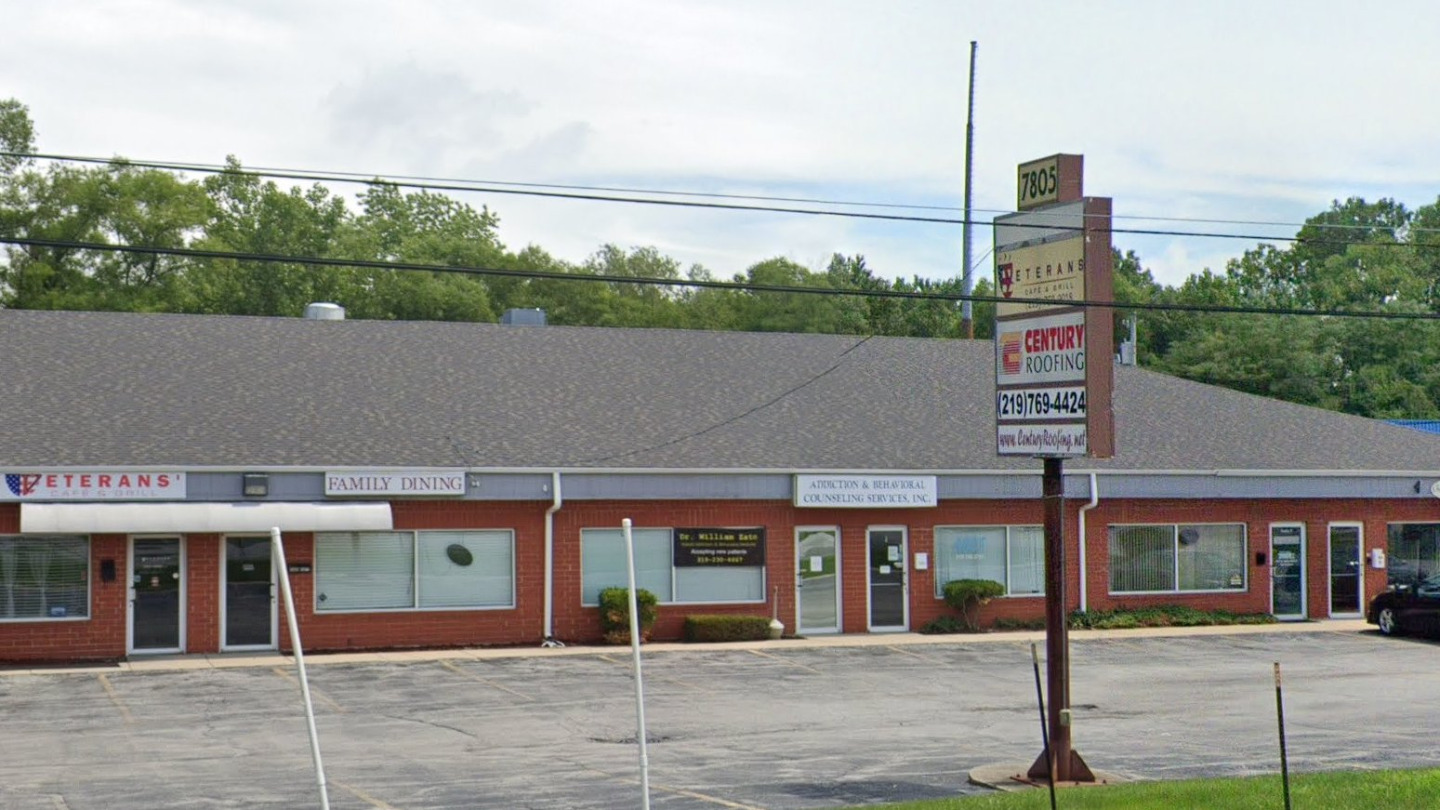 | Addiction and Behavioral Counseling Services7805 Taft Street Suite E Merrillville IN, 46410 | Payment Options:Self-pay options | ||
Addiction and Family Care3440 169Th Street Hammond IN, 46323 | ||||
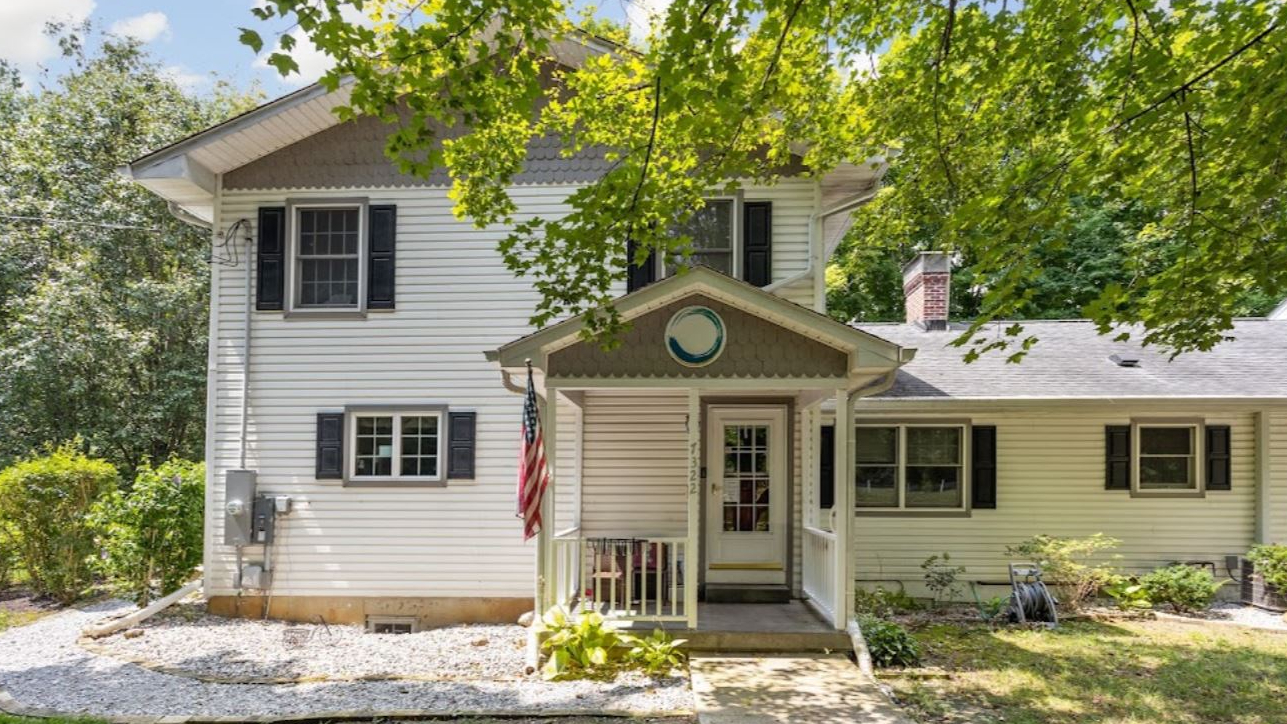 | Addiction Rehab Centers - ARC4745 Statesmen Drive Suite A Indianapolis IN, 46250 | Payment Options:Self-pay options Sliding scale payment assistance Private insurance | ||
Addiction Resource Network of Indiana233 South Mccrea Street Indianapolis IN, 46225 | ||||
Addictions Recovery Centers109 West Spring Street Lagrange IN, 46761 | Payment Options:Self-pay options Sliding scale payment assistance Per session: $17 | |||
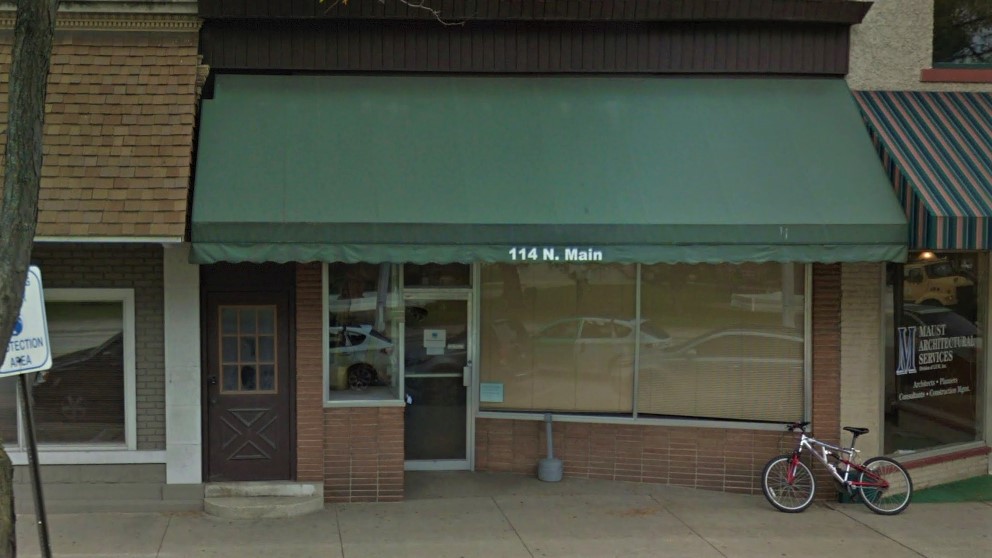 | Addictions Recovery Centers114 North Main Street Goshen IN, 46526 | Payment Options:Self-pay options Financial aid Sliding scale payment assistance Per session: $17 | ||
Addictions Recovery Centers232 West Van Buren Street Suite 103 Columbia City IN, 46725 | Payment Options:Self-pay options Sliding scale payment assistance Per session: $17 | |||
Addictive Behaviors Counseling Center6109 East State Boulevard Fort Wayne IN, 46815 | ||||
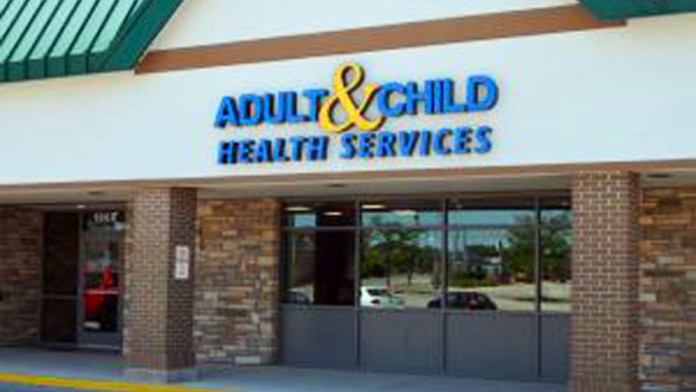 | Adult & Child HealthAdult & Child Health in Franklin, IN, is committed to providing quality healthcare services for individuals and families of all ages. Our comprehensive approach includes primary care, mental health services, and wellness programs tailored to meet the diverse needs of our community. Our dedicated team of healthcare professionals focuses on fostering a supportive environment that promotes overall well-being and empowers patients to take charge of their health. At Adult & Child Health, we believe in accessible and compassionate care for everyone. Contact us today to learn more about our services and how we can support you and your loved ones in achieving optimal health. 1860 Northwood Plz Dr, Franklin, IN 46131 | Levels of Care:outpatient Payment Options:Medicaid Private insurance Self-Pay Options Medicare Financial Aid | ||
Adult and Child Center4070 25Th Street Columbus IN, 47203 | Payment Options:Medicaid Private insurance Self-pay options Financial aid Financing available Sliding scale payment assistance Medicare | |||
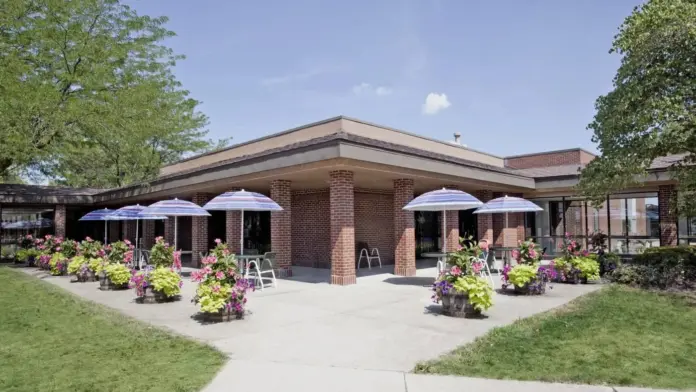 | Adult and Child Center898 Main Street Greenwood IN, 46143 | Payment Options:Medicaid Private insurance Self-pay options Financial aid Financing available Sliding scale payment assistance Medicare | ||
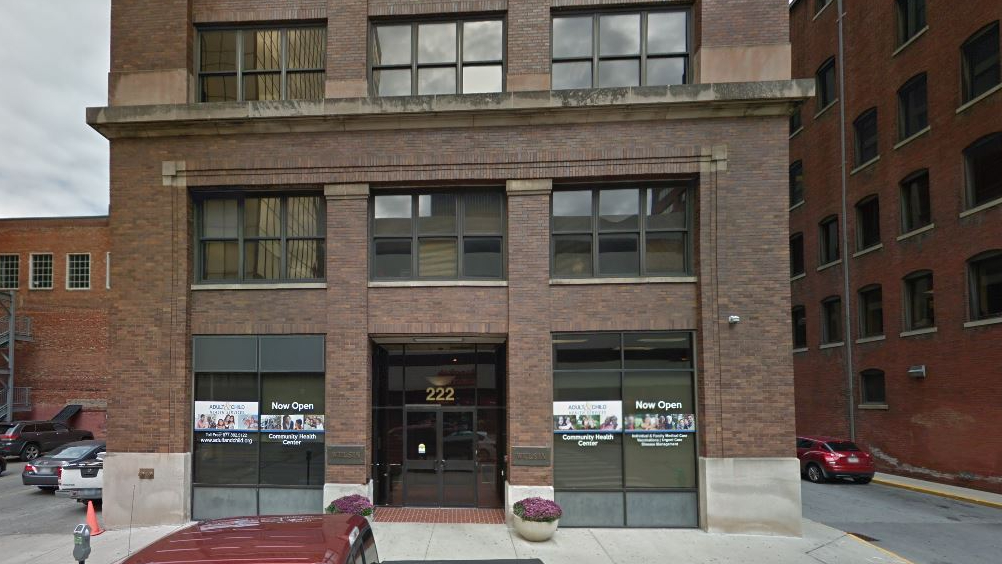 | Adult and Child Center - E. Ohio Street222 East Ohio Street Suite 600 Indianapolis IN, 46204 | Payment Options:Medicaid Private insurance Self-pay options Financial aid Sliding scale payment assistance Medicare | ||
Adult and Child Center - Madison Avenue8320 Madison Avenue Indianapolis IN, 46227 | Payment Options:Medicaid Private insurance Self-pay options Financial aid Financing available Sliding scale payment assistance Medicare | |||
Adult and Child Center - Siear Terrace8404 Siear Terrace Suite 100 Indianapolis IN, 46227 | Payment Options:Medicaid Private insurance Self-pay options Sliding scale payment assistance | |||
Adult and Child Health - Columbus3920 East 25Th Street Austin IN, 47203 | ||||
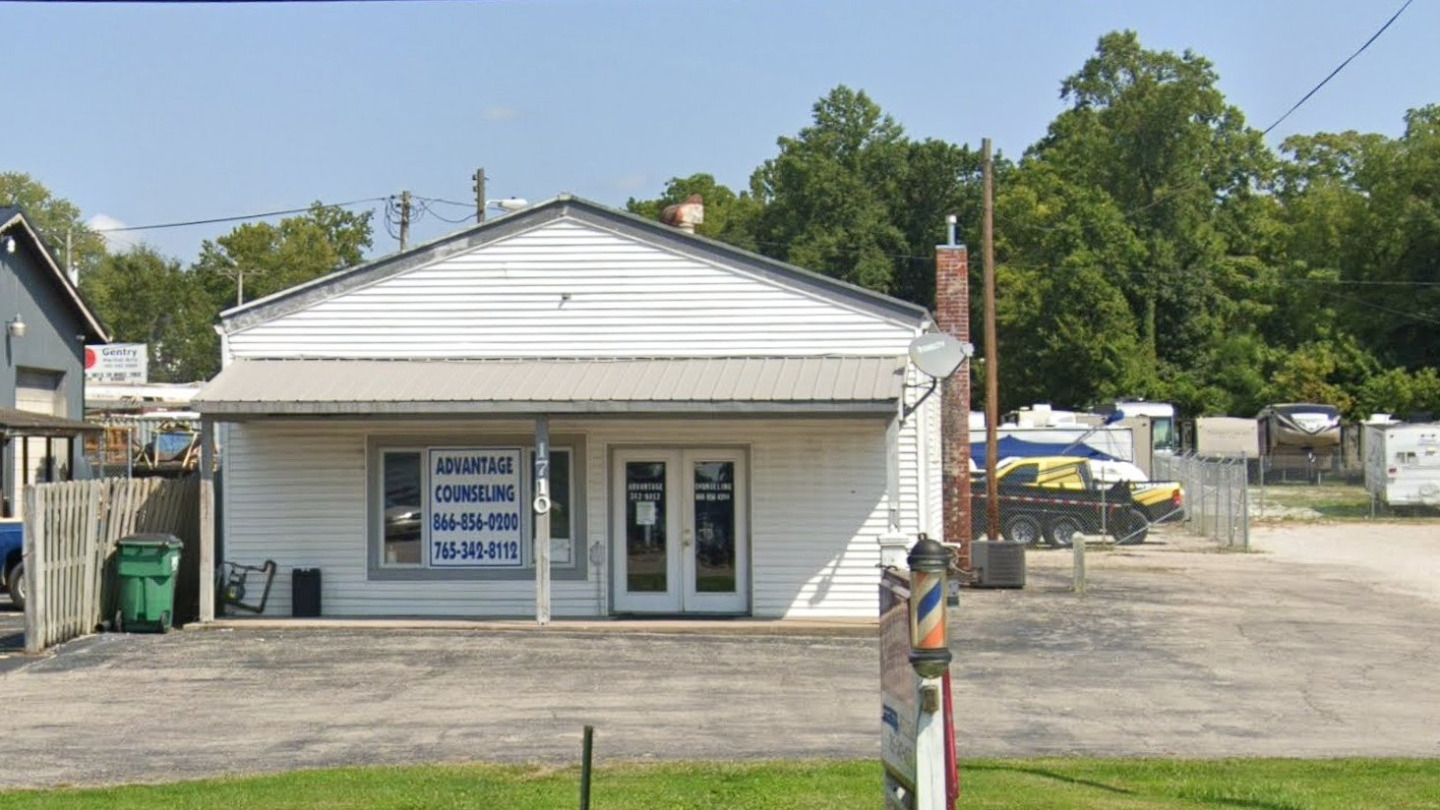 | Advantage Counseling - Education Services1710 Hospital Drive Martinsville IN, 46151 | Payment Options:Medicaid Self-pay options Financial aid Sliding scale payment assistance | ||
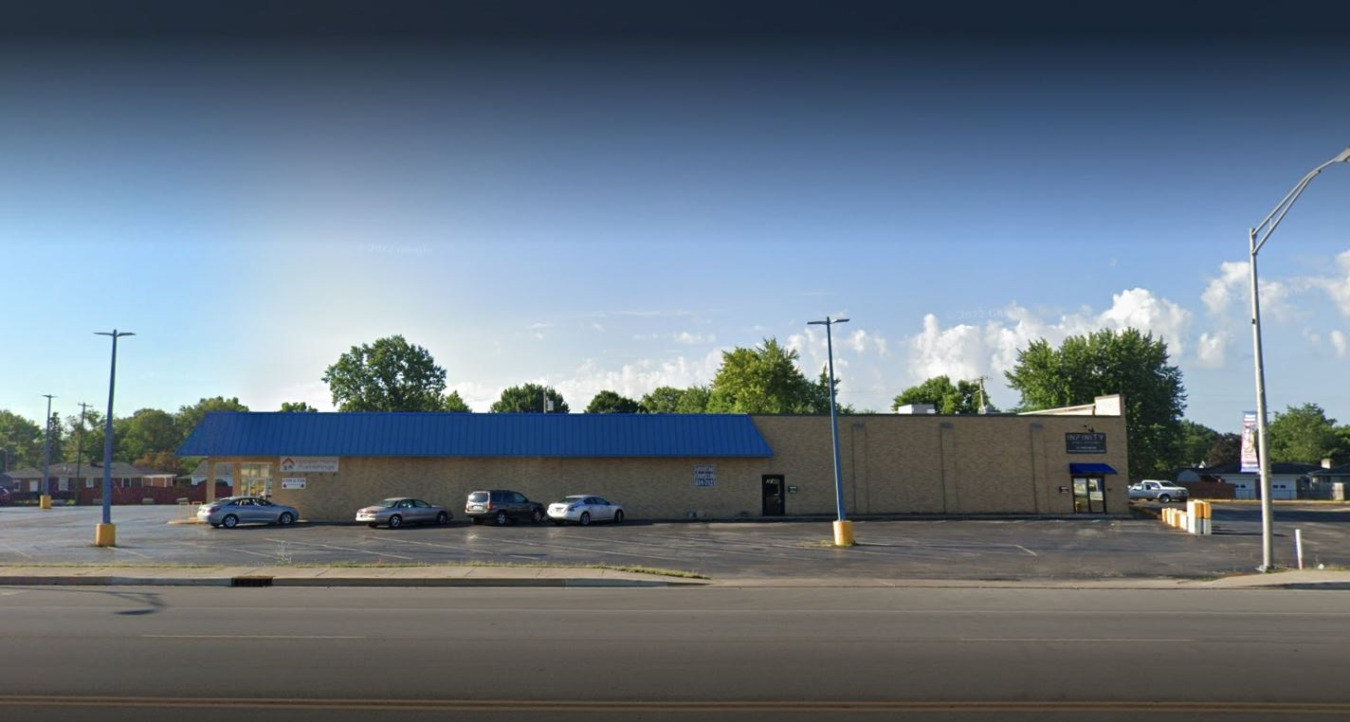 | Advantage Counseling - Fitness Services1005 East Main Street Suite A Plainfield IN, 46168 | Payment Options:Medicaid Self-pay options Financial aid Sliding scale payment assistance | ||
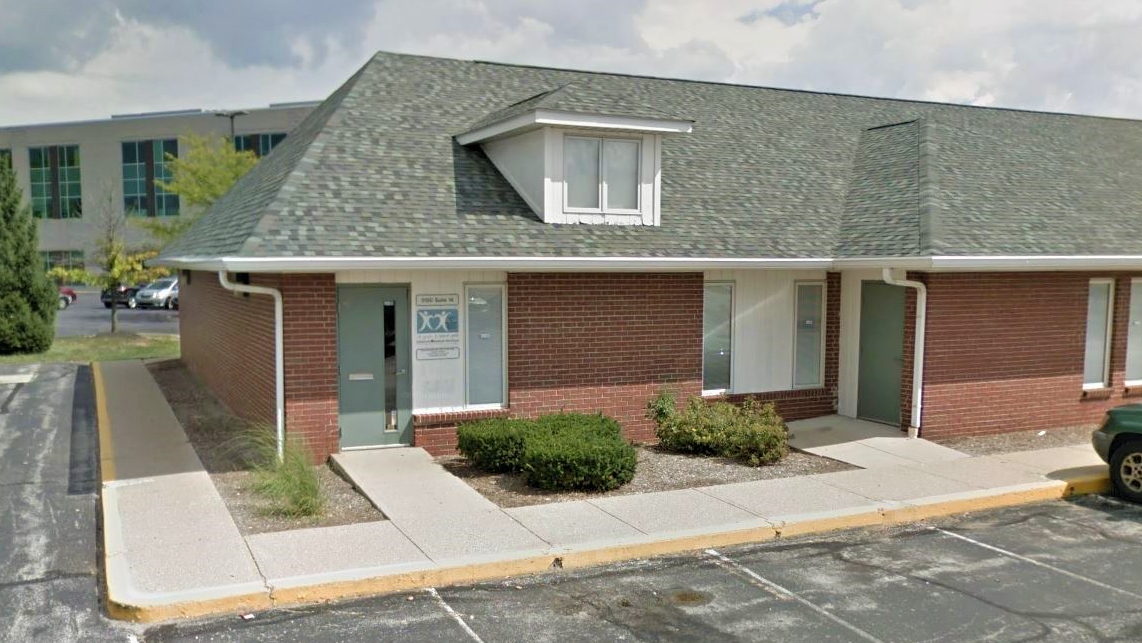 | Agape Counseling and Human Services5150 East Stop 11 Road Suite 14 Indianapolis IN, 46237 | Payment Options:Medicaid Private insurance Self-pay options Financial aid Sliding scale payment assistance Medicare Military insurance |
Find Indiana drug rehabs in cities near you or sort by letter.
Calls to any general helpline will be answered or returned by one of the treatment providers listed, each of which is a paid advertiser:
Our helpline is available 24 hours a day, 7 days a week at no cost to you and with no obligation for you to enter into treatment. We are committed to providing support and guidance whenever you need it.
In some cases, Addiction Helpline America charges our verified partner a modest cost per call. This fee helps us cover the costs of building and maintaining our website, ensuring that we can continue to offer this valuable service to those in need.